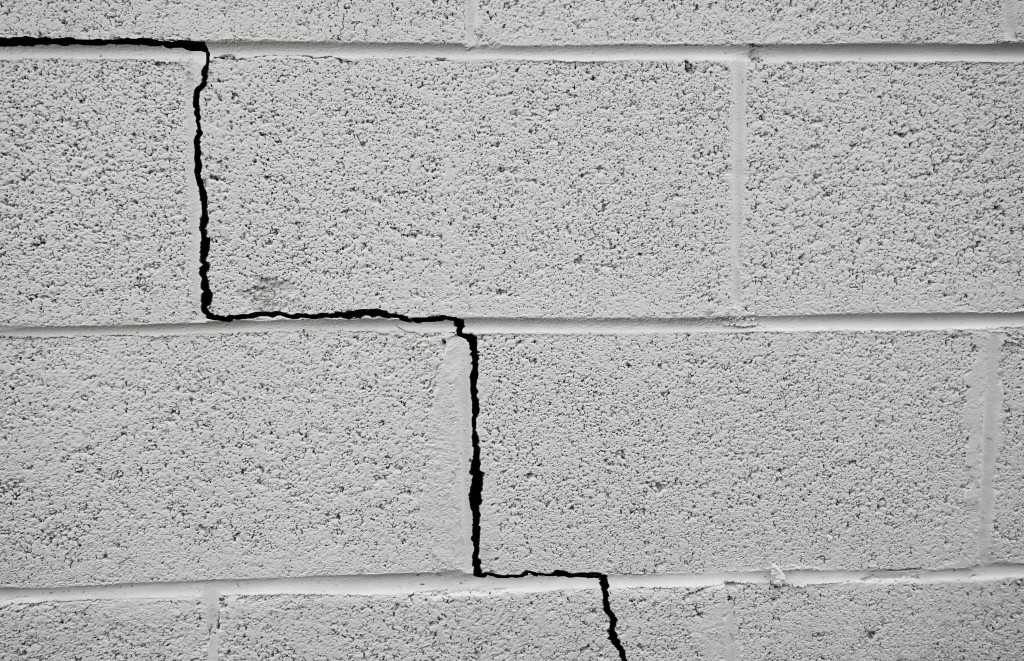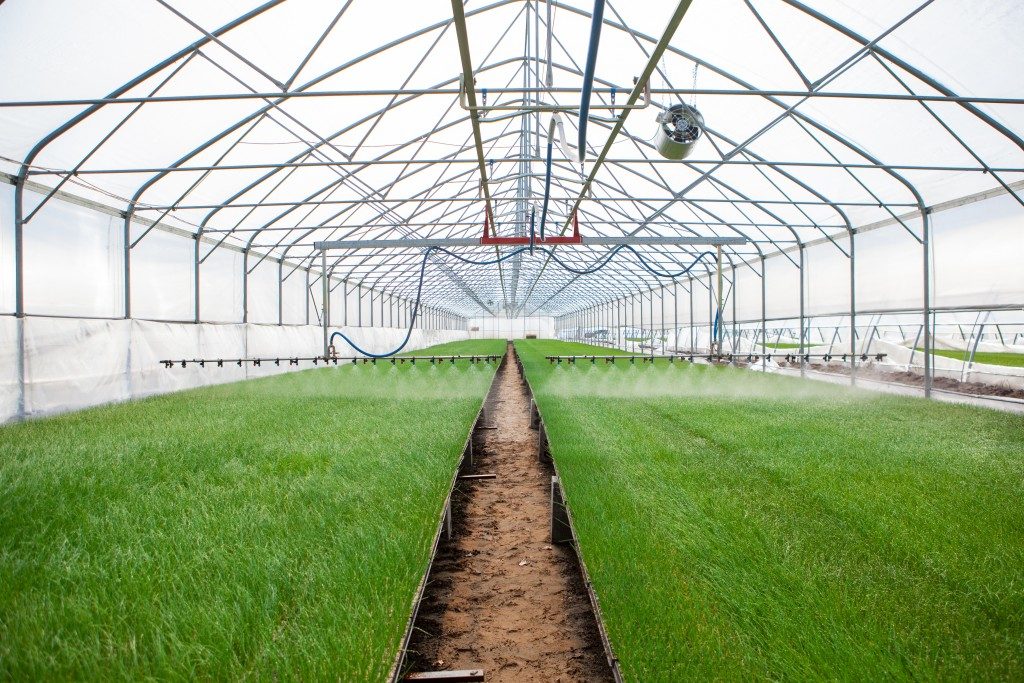- Perform regular maintenance checkups on the exterior of your home, roof, foundation, and landscaping to identify and repair issues.
- Install smoke and carbon monoxide detectors in key areas throughout the house.
- Have a disaster plan in place with actions to take depending on the type of disaster.
- Strengthen your home with reinforced structures and additional safety features.
- Prepare an emergency kit with items such as food, water, flashlights, a first aid kit, medication, cash, and extra clothing.
You have a beautiful home and want to ensure it remains standing for years. Unfortunately, natural disasters such as tornadoes, hurricanes, floods, and earthquakes can cause severe damage or even destroy your home if you don’t take the necessary precautions. The good news is that there are steps you can take to maximize the protection of your property from natural disasters. This article will discuss five ways to protect your home against natural disasters.
1. Perform Regular Maintenance Checkups
It’s essential to keep up with regular home maintenance to reduce your home’s risk of damage due to natural disasters. This will ensure that any potential issues are identified and addressed before they become significant problems.
Here’s a checklist when doing regular maintenance checkups:
Inspect the Exterior of Your Home
When doing regular maintenance checkups, inspect your home’s exterior for any signs of damage. Look for loose or missing shingles, cracked or broken tiles, or siding that needs repair. Check windows and doors for proper sealing and insulation and for cracks or gaps around them. Regularly clean gutters and downspouts so they’re free from debris and can quickly move water away from your house.
Check the Roof
Regularly inspect your roof to ensure it’s in good condition and free from any signs of damage, such as holes, cracks, or missing shingles. Ensure the flashing around pipes is secure and the flashing around vents is not leaking. If there are any problems, have a professional roofer repair them immediately to prevent further damage.
Inspect the Foundation

It’s important to check your foundation for any signs of wear and tear on a regular basis. Look for cracks or instability in walls, uneven floors, or other signs of structural issues that could put your home at risk during natural disasters. Have a professional inspect your foundation every few years to make sure it’s secure and stable.
Check the Landscaping
Ensure your landscaping is adequately maintained by removing dead or overgrown plants, trimming trees and bushes, and cleaning up debris. You should also check the drainage around your home to ensure water is quickly moved away from the foundation. Make sure there are no pools of standing water near your house, as this can cause flooding during heavy rains.
2. Install Smoke and Carbon Monoxide Detectors
Smoke and carbon monoxide detectors are essential in helping protect your family and property when natural disasters occur. Install both detectors in key areas throughout the house, such as hallways, bedrooms, and living rooms. Make sure you test them regularly to ensure they are working properly.
Ensure that your detectors are installed correctly and securely. The National Fire Protection Association recommends a detector should be placed on every level of the home, including basements, attics, and bonus rooms. In addition, line up smoke alarms in hallways outside sleeping areas for maximum efficiency. When installing carbon monoxide detectors, place them near potential gas sources, such as furnaces, water heaters, and fireplaces.
3. Have a Disaster Plan in Place
Having a plan in place should a disaster occur is essential to protecting your home from natural disasters. Know what action to take depending on the type of disaster. For instance, if a tornado is coming, know where to go to ride out the storm; if there’s flooding, know how to shut off utilities like water and electricity.
When disaster strikes, it’s essential to get help quickly and safely. You may need help from professional emergency restoration services to repair and clean up any damage and restore items that you can salvage. Hiring emergency water removal services may also be necessary if your property has been flooded. These professionals will have the proper tools and equipment to get your home ready for restoration quickly and safely.
4. Strengthen Your Home with Reinforced Structures
One way to protect your home against natural disasters is to reinforce the structure of your home with materials that can withstand high winds, earthquakes, and other conditions. You can use steel reinforcement for walls and foundations, hurricane straps for roofs and eaves, and impact-resistant windows and doors. These measures will help minimize the risk of damage from natural disasters.
You can also add additional safety features such as storm shutters or panels over the windows. Storm shutters are made to protect windows from strong winds and flying debris. They come in a variety of materials, including aluminum, fabric, wood, and even glass. You can also install impact-resistant glass windows and doors in areas prone to hurricanes or other severe weather events. This type of glass is tested to withstand high winds and heavy rains, making it an ideal solution for protecting your home.
5. Prepare an Emergency Kit
Every family should have an emergency kit with essential items such as food, water, flashlights, a first aid kit, medication, cash, and extra clothing in case of an evacuation or power outage due to a natural disaster. It’s essential to keep your emergency kit in an easily accessible location. Additionally, ensure you have the proper insurance coverage to protect yourself and your property in a natural disaster.
In Closing
Natural disasters can wreak havoc on your home if you don’t take the necessary precautions. By following these five steps, you can rest assured that your home will remain safe from the forces of nature. So don’t wait any longer – get started today so you can sleep soundly, knowing that your home is protected for years to come.

